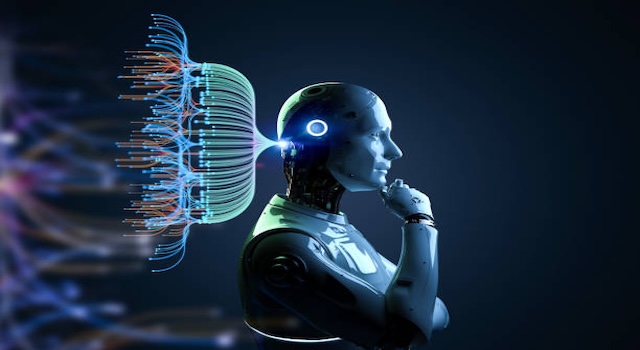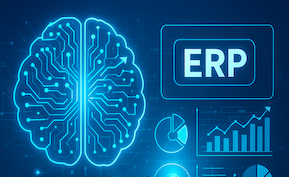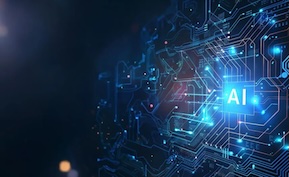Artificial Intelligence
Building AI Agents: A Guide to Tools, Frameworks, and Platforms

Creating AI agents requires selecting the right tools and platforms to match your business goals, technical expertise, and data environment. From open-source frameworks to enterprise-grade solutions, a variety of options exist for developing autonomous, generative AI agents capable of handling complex workflows and decision-making.
Core Components of AI Agent Development
- Natural Language Processing (NLP): Enables agents to understand and generate human language for tasks such as customer support, content creation, and data queries.
- Machine Learning Models: Core algorithms that allow agents to learn from data, make predictions, and adapt to new scenarios.
- Integration Layer: Connects AI agents to software platforms, databases, APIs, and other enterprise systems.
- Workflow Orchestration: Manages multi-step processes and coordinates actions across multiple tools and platforms.
- Security & Compliance: Ensures data privacy, encryption, and adherence to regulatory standards.
Popular Tools and Frameworks
- LangChain: Open-source framework for building applications using large language models with powerful chaining and memory features.
- Haystack: NLP framework for building search and question-answering systems integrated with AI agents.
- OpenAI API: Provides access to GPT models and other generative AI capabilities for agent development.
- Hugging Face Transformers: Offers pre-trained models for NLP, vision, and multimodal tasks that can be integrated into AI agents.
- Rasa: Open-source conversational AI platform for building chatbots and voice assistants.
Enterprise Platforms
- Databricks: Combines AI model training with secure enterprise data management for large-scale agent deployment.
- Microsoft Azure AI: Provides AI services, cognitive models, and orchestration tools for developing intelligent agents.
- Google Cloud Vertex AI: Offers managed AI development, training, and deployment for enterprise agents.
- Anthropic’s Claude API: Focused on safe and controllable AI agents for enterprise applications.
Steps to Build Your AI Agent
- Define Objectives: Identify the tasks, workflows, and goals your agent should achieve.
- Select Models and Tools: Choose AI models, frameworks, and platforms that fit your technical and business requirements.
- Integrate Data Sources: Connect your agent to relevant internal and external data while ensuring privacy and security.
- Develop Workflows: Design multi-step actions and decision-making processes that the agent will execute.
- Test and Refine: Continuously evaluate performance, retrain models, and improve outputs based on feedback.
- Deploy and Monitor: Launch your agent in production and establish monitoring and governance processes.
Best Practices
- Start small with a focused pilot project before scaling enterprise-wide.
- Ensure clear governance policies for AI agent outputs and actions.
- Regularly update and retrain models to maintain accuracy and relevance.
- Prioritize user experience and explainability to build trust in AI agents.
Conclusion
Building AI agents requires careful planning, the right combination of tools, and continuous monitoring. By leveraging frameworks like LangChain, Rasa, and enterprise platforms such as Databricks or Azure AI, businesses can develop intelligent agents that automate workflows, generate insights, and enhance operational efficiency. With proper design and governance, AI agents can become a powerful asset for innovation and productivity.






